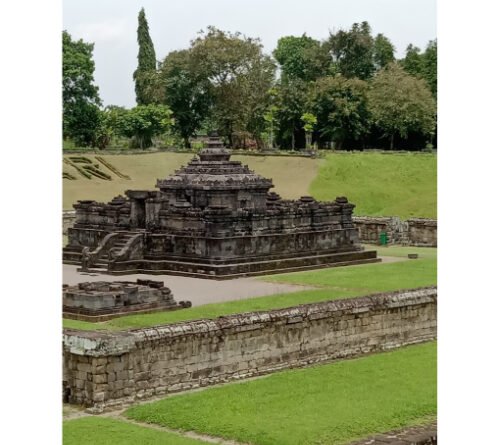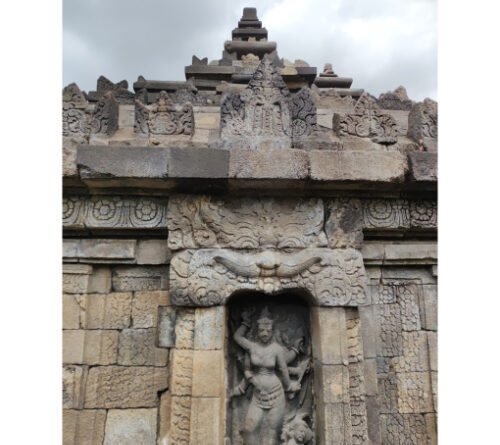Sambisari Temple Indonesia
Sambisari is a 9th-century Hindu temple located at Sambisari hamlet, Purwomartani, Kalasan, Sleman Regency, Special Region of Yogyakarta, Indonesia. The temple was buried about five metres underground. Parts of the original temple have been excavated. The temple is located about 8 kilometres (5.0 mi) east of Yogyakarta near Adisucipto International Airport.
The temple emerged in July 1966 by a farmer when working on land that belongs to Karyowinangun. His hoe hit the carved stone which was a part of the buried temple ruins. The news of the discovery reached the Archaeology office in Prambanan and the area was secured. The excavation and reconstruction works were completed in March 1987. The temple is thought to have been buried by an eruption of volcanic ash from the nearby Mount Merapi.
The discovery of the Sambisari temple probably was the most exciting archaeological finding in Yogyakarta in recent years, leading to speculation about whether there are other ancient temples still underground in the vicinity, buried under Mount Merapi volcanic ash.
History
Based on architectural and ornamental similarities to another Hindu temple in Indonesia, Prambanan, the presence of Hindu statues around the temple walls, and the lingga-yoni inside the main temple, historians have concluded that Sambisari was a Shivaite Hindu temple built around the first or second decade of the 9th century (circa 812-838). This conclusion was supported by the findings of a gold plate in the vicinity engraved with letters that according to paleography were used in early 9th century ancient Java.
According to Wanua Tengah inscription III dated 908 contains the name of kings that ruled Mataram Kingdom, the temple was probably built during the reign of Rakai Garung (ruled 828-846). However, historians also consider that the construction of a temple was not always issued by a king. Lesser nobles might have also ordered and funded the construction.
















